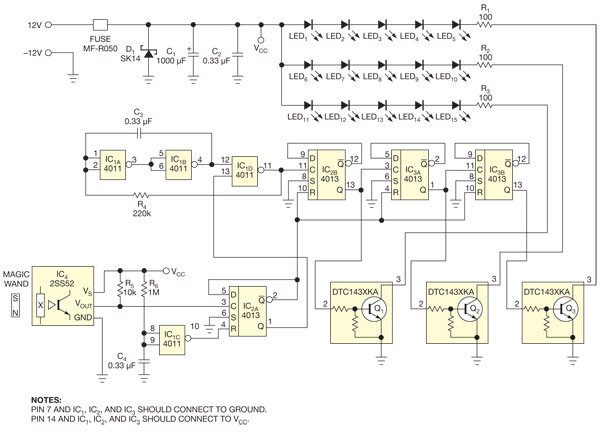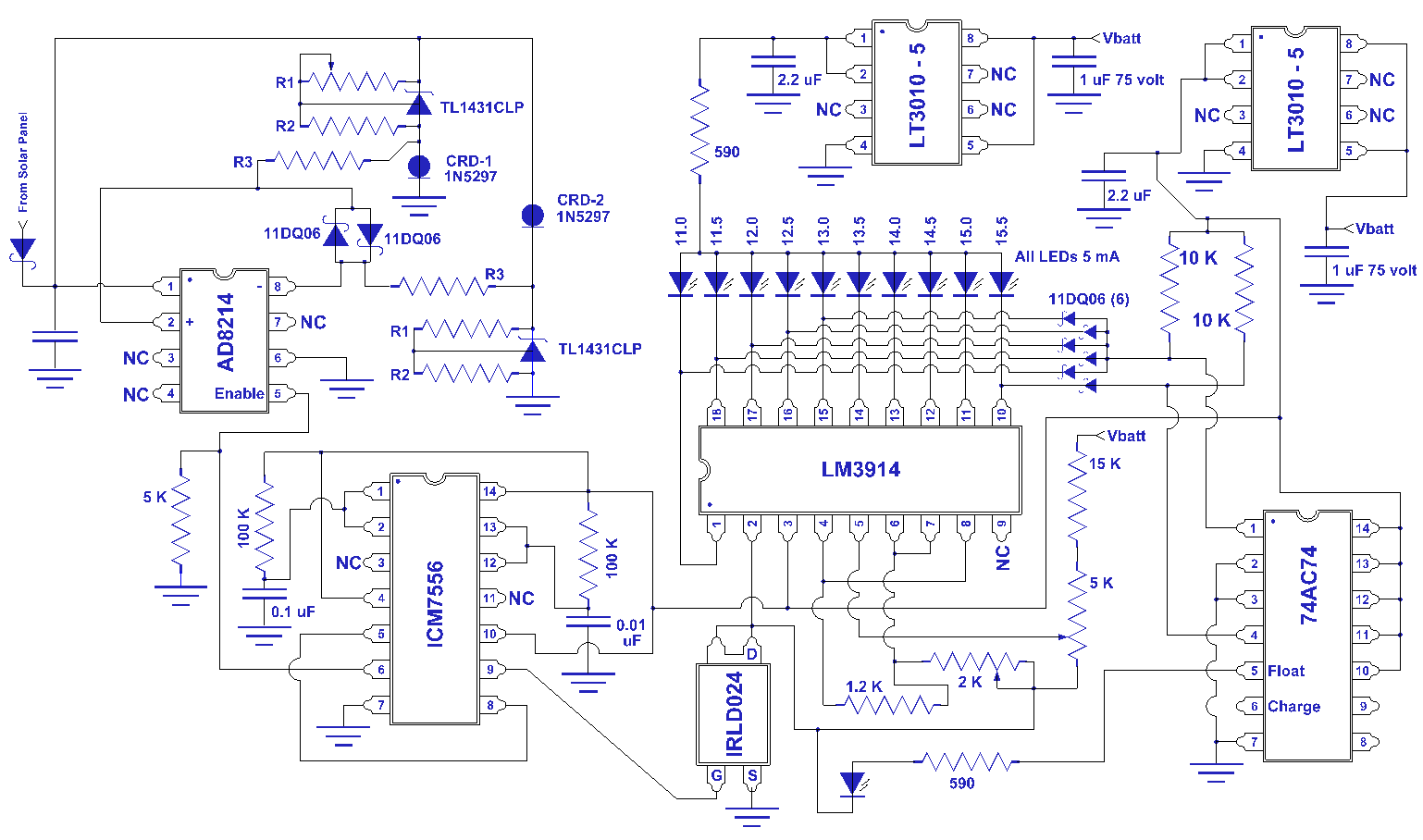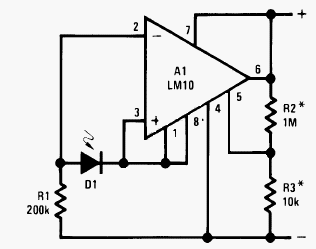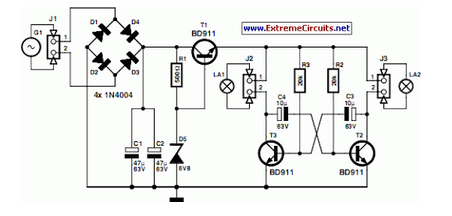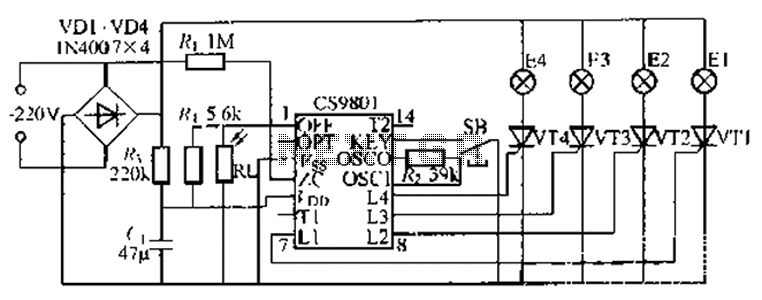
Harnessing the sun with solar garden light
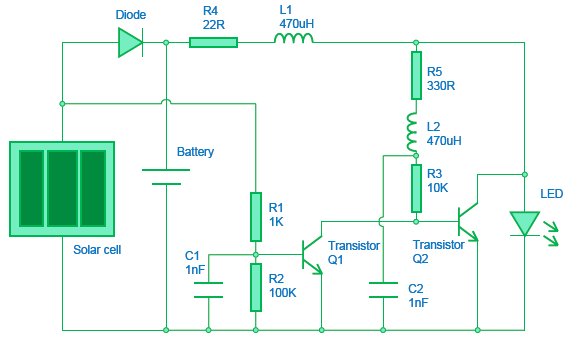
With the world's non-renewable resources being consumed at an alarming rate, it is not surprising that the term "environmental" appeared in the key concepts of the new curriculum released 2 ½ years ago. The program of study emphasizes the opportunity to explore issues related to sustainability. Consequently, educators are now seeking projects that enable students to consider sustainability, and a solar garden light project is an excellent method to achieve this. This project integrates electronic construction, durable materials, renewable energy, and the study of design within a single curriculum framework. The product closely resembles solar garden lights available in garden centers and hardware stores. During the day, a solar panel charges a rechargeable cell, and at night, when light levels drop, an LED illuminates pathways, steps, or other features. The soldering involved in this project is relatively straightforward, as the circuit consists of only 15 components and no integrated circuits. Assuming students have some prior soldering experience, any Key Stage 3 class should find the assembly process manageable. Once the board is completed, the remaining curriculum can be tailored to cover various topics as time permits. Students can either design an enclosure for the circuit board or use a large jar to house it, incorporating themes of reuse and recycling into the project. Renewable energy sources can be explored, including solar, wind, and hydro options. Mathematics can be integrated by calculating the battery charging time. The electronics aspect can be examined in detail by analyzing the components used in the circuit, such as LEDs, resistors, capacitors, and transistors. A case study on product designers or inventors, like Trevor Baylis, who famously created the wind-up radio, could also be incorporated into the project. The accompanying circuit diagram illustrates how the components are interconnected to create the solar garden light. A diode allows the battery to charge during the day and prevents discharge through the solar cell at night. The transistor, Q1, activates the circuit when it becomes dark. Since the LED requires 3.5 volts, and the cell provides only 1.2 volts, additional circuitry is necessary. This circuitry enables the LED to operate for one-third of the time at three times the battery voltage, creating the illusion of a continuously lit LED to the human eye.
The solar garden light project serves as an effective educational tool that combines practical skills with theoretical knowledge. The integration of renewable energy concepts emphasizes the importance of sustainability in engineering and design. Students are encouraged to engage in hands-on learning, fostering their understanding of electronic components and their functions within a circuit. The project also promotes creativity and problem-solving, as students can explore various designs and materials for enclosures, enhancing their engineering and design skills.
Moreover, the project can be expanded to include discussions on energy efficiency and environmental impact, allowing students to critically evaluate the implications of using renewable energy sources. The exploration of different renewable energy technologies, such as wind and hydro, can encourage students to think innovatively about future energy solutions. By analyzing the work of notable inventors, students can gain insights into the design process and the challenges faced in bringing a product to market.
In summary, the solar garden light project not only provides a practical application of electronics but also serves as a platform for students to explore broader themes of sustainability, design, and innovation. This multifaceted approach ensures that students are equipped with the knowledge and skills necessary to address the pressing environmental challenges of today.With the world`s non-renewable resources being consumed at an alarming rate, it`s no surprise that when the new curriculum was released, 2 ½ years ago, the word `environmental` appeared in the key concepts. The programme of study goes on to add that this includes the opportunity to explore issues relating to sustainability.
Therefore, teachers are now looking for projects that allow students to consider sustainability, and, what better way to do this, than with a solar garden light. This project allows electronic construction, resistant materials, renewable energy and the study of designers, to be included in one scheme of work.
This product is very similar to the solar garden lights that can be found in garden centres and hardware stores. During the day, a solar panel is used to charge up a rechargeable cell, and then at night, when the light level falls, the LED turns on allowing a path, step, or other feature to be illuminated.
The soldering in the project is fairly simple as the circuit uses just 15 components and no ICs. Assuming students have practiced some soldering prior to assembling the board, any key stage 3 class, should find building it relatively straight forward. With the essential job of making the board complete, the rest of the scheme of work can be designed to cover as many areas as time allows.
Students can either design an enclosure for the board to go in to, or, alternatively, if time is short, a large jar can be used to house the board. In this case, reuse / recycling can be added to the project. Renewable energy can be examined; just as solar, wind, hydro, or any other renewable energy sources could be studied.
Maths can be included into the project by studying how long it takes to charge the battery. The electronics can be studied in more detail by looking at the components the circuit uses, such as LEDs, resistors, capacitors and transistors. A case study of product designers or inventors, like Trevor Baylis, who famously designed the wind up radio, could be included in the project ( The circuit diagram (above) shows how the components are connected up to make the solar garden light.
The diode allows the battery to be charged during the day and prevents it from discharging through the solar cell at night. The transistor, Q1, turns the rest of the circuit on when it goes dark. Since the LED needs 3. 5 Volts, and the cell only delivers 1. 2 Volts, some extra circuitry is needed. This turns the LED on for a third of the time, but at 3 times the battery voltage, and, because this happens hundreds of times a second, the human eye thinks the LED is always on.
🔗 External reference
The solar garden light project serves as an effective educational tool that combines practical skills with theoretical knowledge. The integration of renewable energy concepts emphasizes the importance of sustainability in engineering and design. Students are encouraged to engage in hands-on learning, fostering their understanding of electronic components and their functions within a circuit. The project also promotes creativity and problem-solving, as students can explore various designs and materials for enclosures, enhancing their engineering and design skills.
Moreover, the project can be expanded to include discussions on energy efficiency and environmental impact, allowing students to critically evaluate the implications of using renewable energy sources. The exploration of different renewable energy technologies, such as wind and hydro, can encourage students to think innovatively about future energy solutions. By analyzing the work of notable inventors, students can gain insights into the design process and the challenges faced in bringing a product to market.
In summary, the solar garden light project not only provides a practical application of electronics but also serves as a platform for students to explore broader themes of sustainability, design, and innovation. This multifaceted approach ensures that students are equipped with the knowledge and skills necessary to address the pressing environmental challenges of today.With the world`s non-renewable resources being consumed at an alarming rate, it`s no surprise that when the new curriculum was released, 2 ½ years ago, the word `environmental` appeared in the key concepts. The programme of study goes on to add that this includes the opportunity to explore issues relating to sustainability.
Therefore, teachers are now looking for projects that allow students to consider sustainability, and, what better way to do this, than with a solar garden light. This project allows electronic construction, resistant materials, renewable energy and the study of designers, to be included in one scheme of work.
This product is very similar to the solar garden lights that can be found in garden centres and hardware stores. During the day, a solar panel is used to charge up a rechargeable cell, and then at night, when the light level falls, the LED turns on allowing a path, step, or other feature to be illuminated.
The soldering in the project is fairly simple as the circuit uses just 15 components and no ICs. Assuming students have practiced some soldering prior to assembling the board, any key stage 3 class, should find building it relatively straight forward. With the essential job of making the board complete, the rest of the scheme of work can be designed to cover as many areas as time allows.
Students can either design an enclosure for the board to go in to, or, alternatively, if time is short, a large jar can be used to house the board. In this case, reuse / recycling can be added to the project. Renewable energy can be examined; just as solar, wind, hydro, or any other renewable energy sources could be studied.
Maths can be included into the project by studying how long it takes to charge the battery. The electronics can be studied in more detail by looking at the components the circuit uses, such as LEDs, resistors, capacitors and transistors. A case study of product designers or inventors, like Trevor Baylis, who famously designed the wind up radio, could be included in the project ( The circuit diagram (above) shows how the components are connected up to make the solar garden light.
The diode allows the battery to be charged during the day and prevents it from discharging through the solar cell at night. The transistor, Q1, turns the rest of the circuit on when it goes dark. Since the LED needs 3. 5 Volts, and the cell only delivers 1. 2 Volts, some extra circuitry is needed. This turns the LED on for a third of the time, but at 3 times the battery voltage, and, because this happens hundreds of times a second, the human eye thinks the LED is always on.
🔗 External reference

